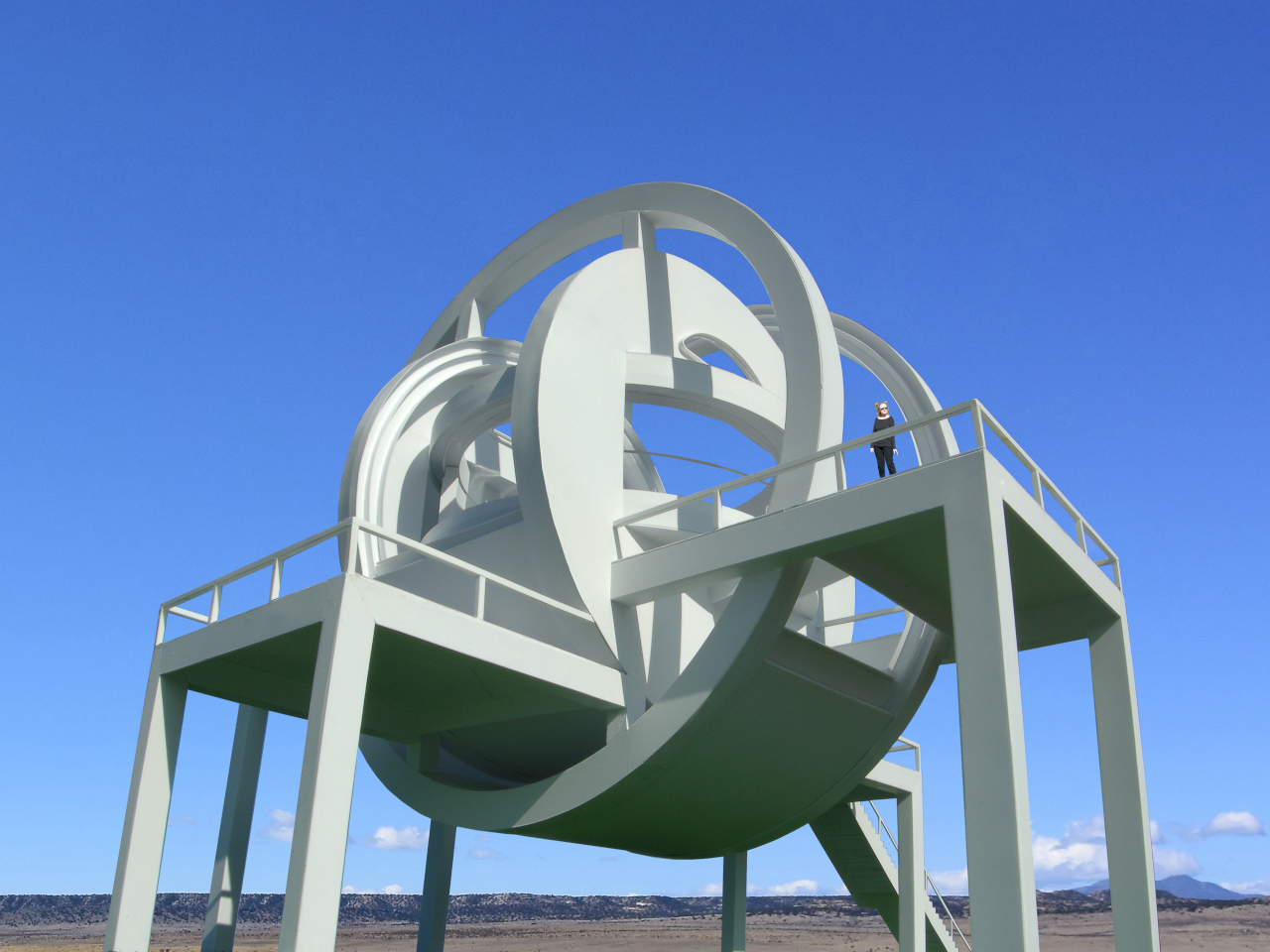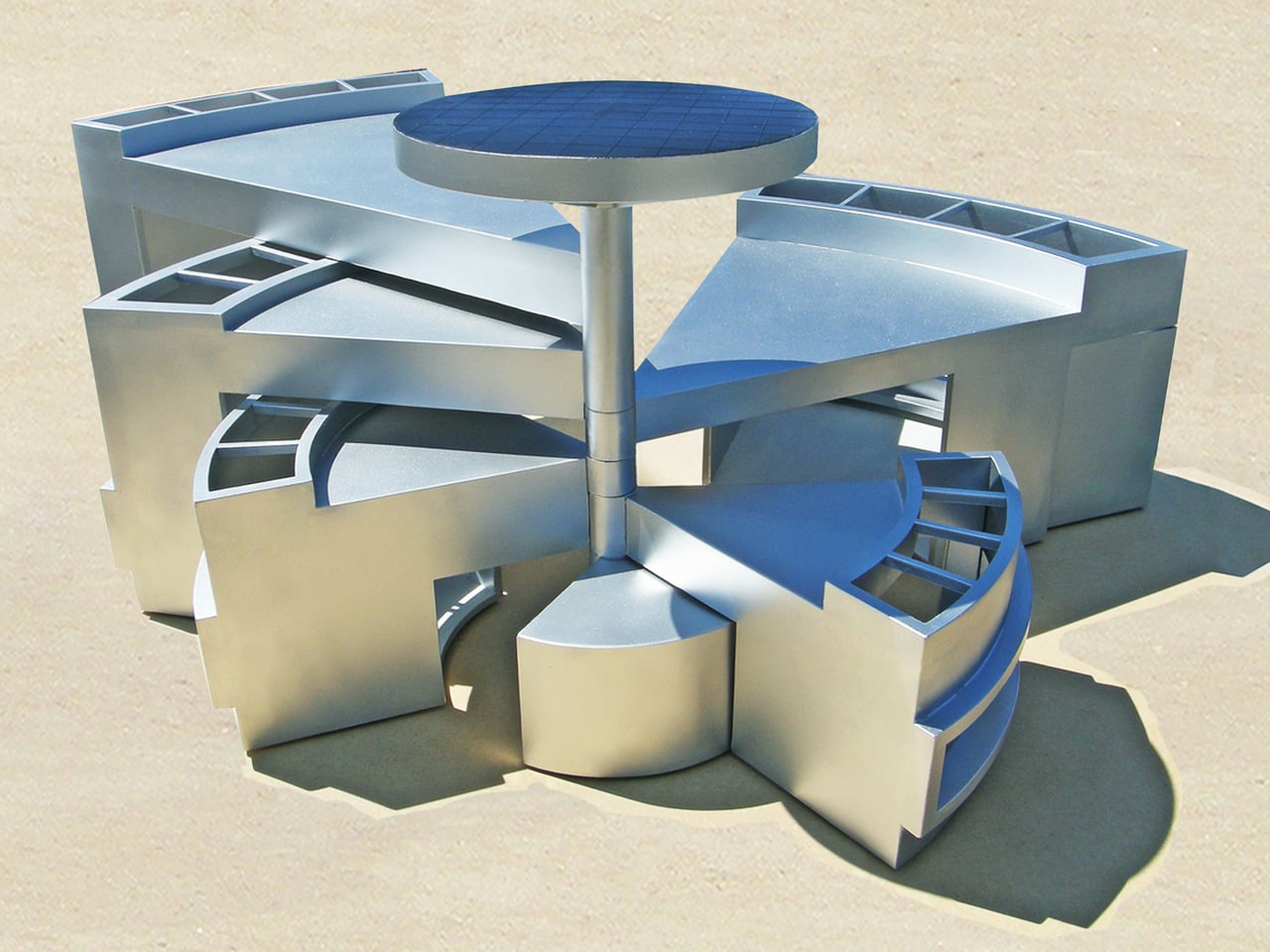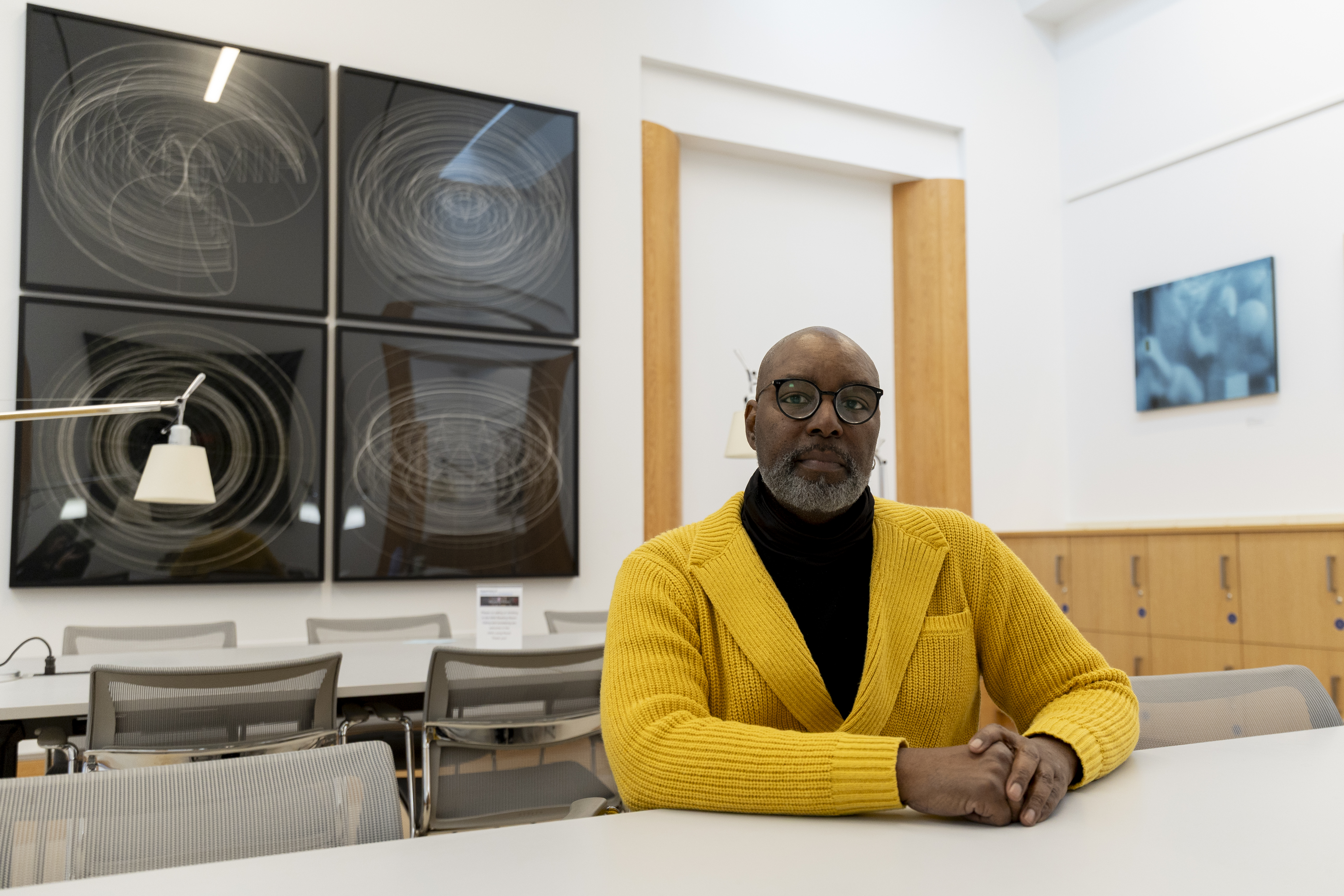fromdesignboom | architecture & design magazine
1 month agorecycled materials transform abandoned triangular lot in colombia into colorful urban space
Community Park Veinte de Mayo, designed by Taller Ciudad Portátil, is located in the Veinte de Mayo neighborhood in Neiva, . The project occupies a 94 sqm triangular plot that had previously been abandoned and associated with insecurity and neglect. Through a process of participatory design and collective construction, the site was transformed into a compact public space that addresses the neighborhood's limited access to communal areas, with less than 4% coverage, while fostering social interaction and environmental resilience.




